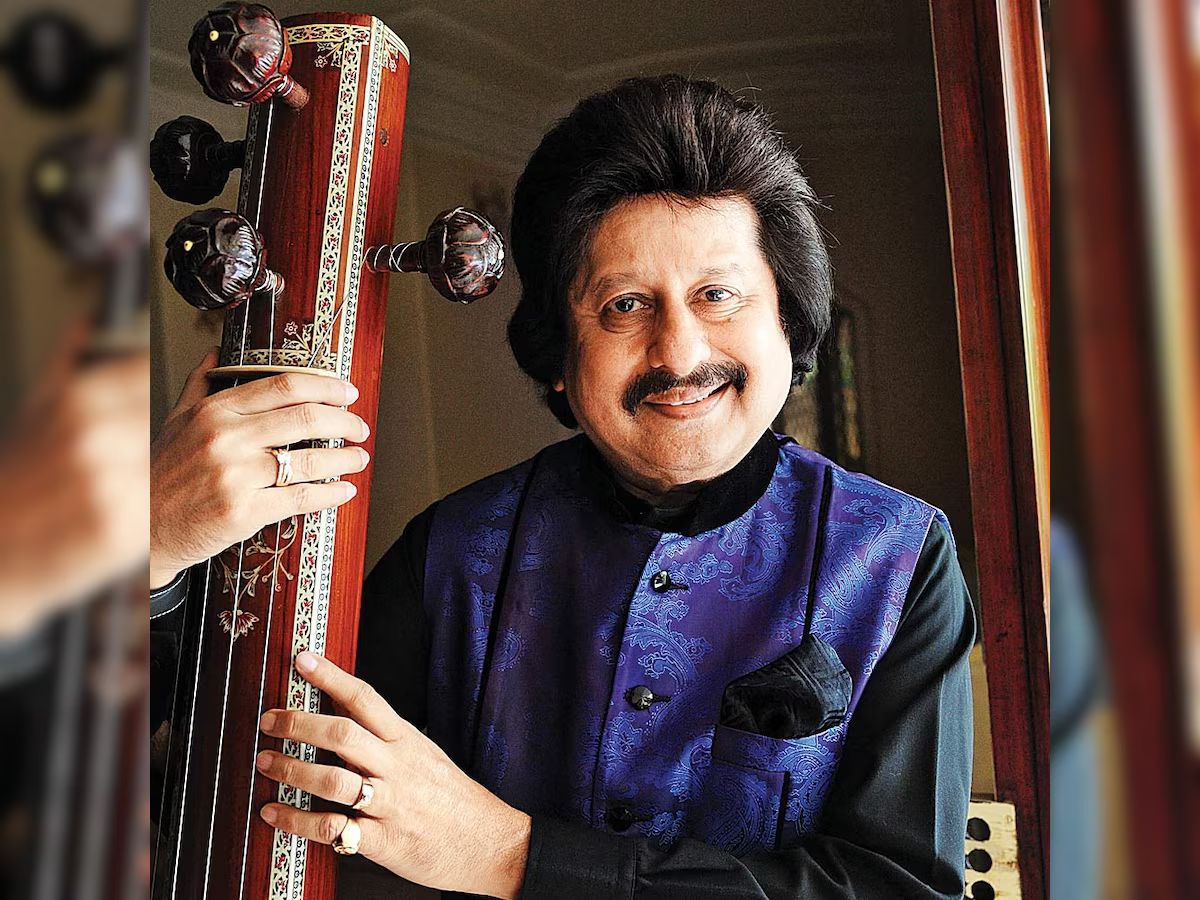Every year India sees about 50,000 new childhood cancer cases and out of 3,00,000 cases reported globally, 76,000 are from India. But the treatment facilities are limited to mostly Tier 1 cities.
A large number of children die for want of treatment and incorrect diagnosis
Dr. Ramesh Chandra Joshi, Clinical Oncology, Columbia Asia Hospital, Palam Vihar Gurgaon said, “Childhood cancer is a matter of big concern. Firstly, only 3 per cent of all cancers occur in children. Secondly, cancer in children spreads/grows faster than in adults, making a timely diagnosis the most important component of treatment and cure. And thirdly, children are very sensitive to chemotherapy which makes treatment complex. Some of the cases require a bone marrow transplant which is a more costly treatment. Some of the common childhood cancers are acute lymphoblastic leukemia, Hodgkin’s lymphoma, non-Hodgkin’s lymphoma, Wilms’ tumor, retinoblastoma, brain tumors, bone tumors, neuroblastoma, Ewings sarcoma, and osteosarcoma, among others. As much as 90 per cent of cancer in children can be cured with timely diagnosis and treatment. India sees about 50,000 new childhood cancer cases every year. Treating cancer in children is a highly specialised field, and availability of treatment is often limited to healthcare facilities in tier 1 cities. Besides, there is a lack of awareness about the warning signs of cancer which delays diagnosis. The absence of affordable treatment and supportive care are other concerns that prohibit people from accessing healthcare services for childhood cancer. Cancer in children is quite different from that in adults and therefore requires a focussed approach in terms of policy for better quality, affordability and accessibility of treatment. Having a national policy on childhood cancer will help in making people, especially new parents, aware of the signs so that they can report to the doctor, set up more hospitals offering the service and decentralize the treatment to allow people in rural or remote areas access it.”
YOU MAY LIKE TO READ IT: International Childhood Cancer Day: Early Detection Can Save Lives!
The need for a national policy
Not enough attention is given to awareness, drugs, detection and treatment development of childhood cancer as compared to adult cancers. A national policy would put a plan in place. This means, better facilities, more paediatric oncologists, affordable and quality medication and a robust support system.
“With the highest population of children, the incidences of childhood cancer or pediatric cancer are growing at a rapid pace in India. According to a report published in The Lancet Oncology journal, India, China, Pakistan, and Indonesia have the highest childhood cancer burden. So, a comprehensive childhood cancer policy is the need of the hour. It should ensure early diagnosis through a shared care model and integrate palliative care into paediatric oncology practice in the form of well-structured and collective studies. The policy should also aim at the reduction in the geographical gaps in treatment facilities. The same model may also be incorporated into the management of other childhood conditions. Through the policy, even parents can get practical advice and information when their child is diagnosed with cancer,” said Dr. Neha Singh, Consultant Pediatric Hematoncology and BMT Paras Hospitals, Gurugram.











